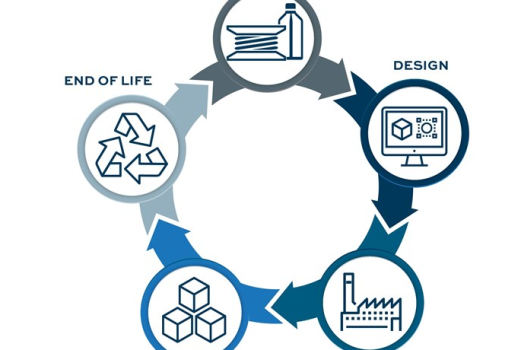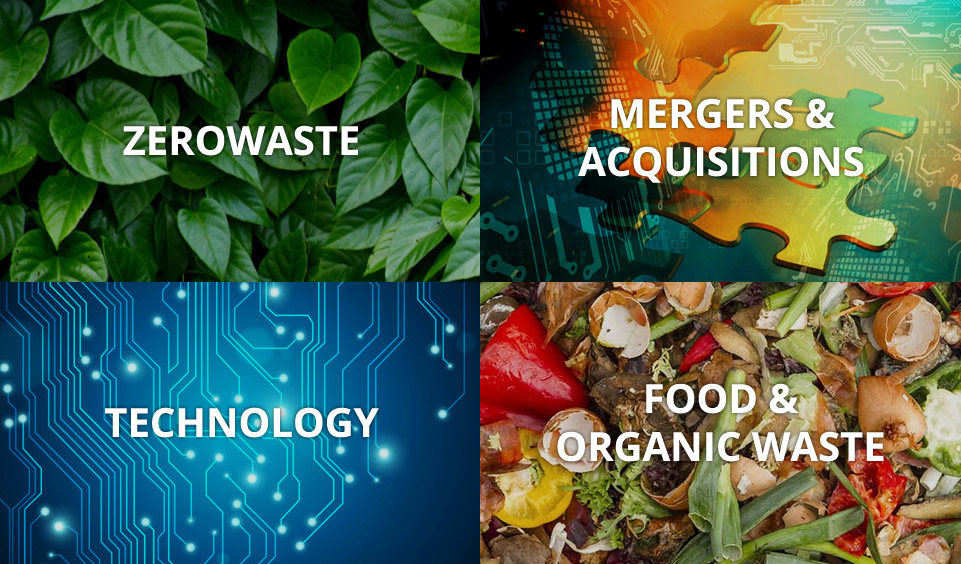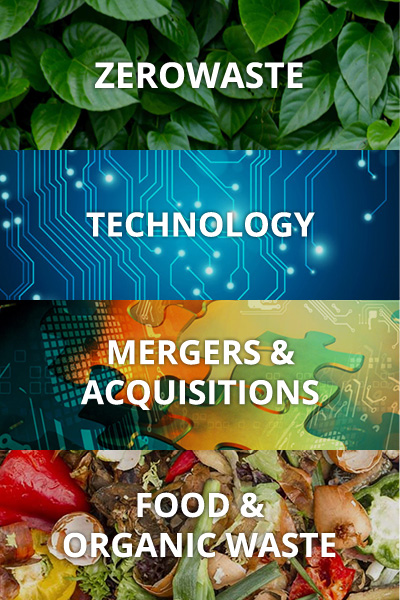
Over the past decade, the energy sector has experienced a surge in interest in renewable energy sources as a means of dealing with climate change and encouraging sustainable development. In fact, Solar and wind energy have emerged as the most popular choices for homeowners, renters, and businesses, however—there’s another type of renewable energy that is often ignored: biofuels.
What are Biofuels?
Biofuels are derived from biomass including agricultural and forestry residues, energy crops, and organic waste. These fuels can be converted into liquid or gaseous forms, such as ethanol or biogas, and later leveraged as a substitute for traditional fossil fuels like oil, coal, and natural gas.
Difference Between Biofuels and Fossil Fuels
Source:
The major difference between biofuels and fossil fuels lies in their source. Fossil fuels, for example, are formed from ancient organic matter that has been buried deep within the earth’s crust for millions of years. Burning fossil fuels releases carbon dioxide into the atmosphere, which contributes to the greenhouse effect and climate change. Whereas biofuels are produced from living organisms and do not add to the overall concentration of carbon dioxide in the atmosphere as they are part of the natural carbon cycle.
Renewability:
Another difference between the two is that biofuels are considered renewable since the raw materials used to produce them can be grown and harvested on a relatively short timescale. In contrast, fossil fuels are finite resources that are being depleted at an alarming rate, with the remaining reserves becoming increasingly difficult and expensive to extract.
Production:
Despite these obvious advantages, biofuels are not without their drawbacks. One major drawback is the impact of large-scale biofuel production on land use, biodiversity, and food security. Those who criticize it argue that the production of energy crops could compete with food crops, leading to higher prices and reduced availability of essential foodstuffs. Also, the energy required to produce and transport biofuels can sometimes exceed the energy gained from using them, which can harm the environment.
A potential solution to the environmental and social issues associated with biofuel production is the development of second-generation biofuels. Unlike first-generation biofuels, which are derived from food crops such as corn and sugarcane, second-generation biofuels can be produced from non-food biomass sources, including wood chips, agricultural waste, and municipal solid waste. This approach has the potential to reduce the competition between food and fuel production and mitigate the land use and biodiversity impacts of biofuels. As research into second-generation biofuels continues, it will be interesting to see how they compare to traditional fossil fuels and first-generation biofuels in terms of energy efficiency, environmental impact, and economic viability.
In summary, the choice between biofuels and fossil fuels is a complex one, with both options having their own advantages and disadvantages. While biofuels are renewable and can help reduce greenhouse gas emissions, they also have significant environmental and social impacts that must be carefully considered. As we continue to seek ways to transition to a more sustainable energy future, it’s essential to weigh the pros and cons of each energy source and make informed decisions based on our specific energy needs and values.


